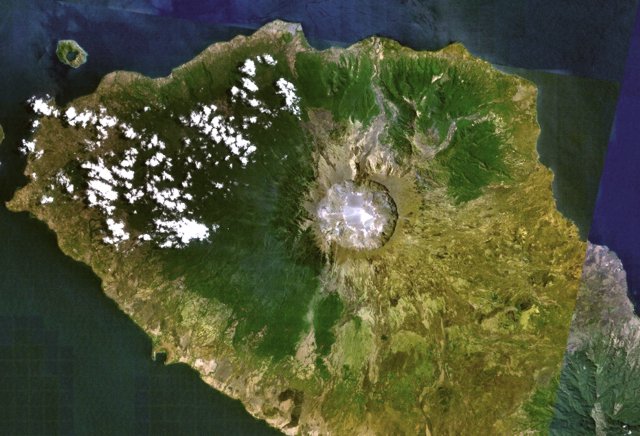Tambora
On April 5, 1815, the Tambora stratovolcano erupted after several thousand years in repose. This Indonesian super-volcano signalled its awakening with a few years of steam releases, tremors, and small eruptions until the April 5th explosion, heard up to 1,400 km (870 mi.) away, and continued to a final eruption sequence, April 10 – 11.
The Tambora explosion, the most powerful in recorded history, produced a volcanic cloud that lowered global temperatures, produced environmental disasters, and triggered geopolitical clashes for over three years afterwards. In parts of Europe and in North America, 1816 was known as “the year without a summer”.

B Bondar / Real World Content Advantage